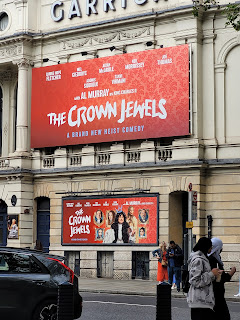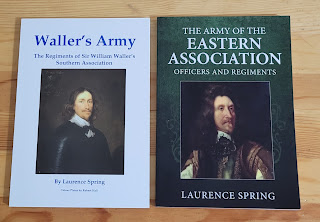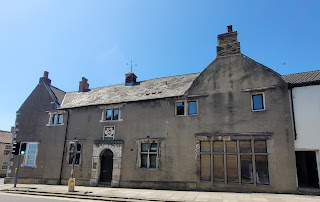Comments

Sorry regular readers, comments and the contact form have temporarily been turned off. Why? A YouTube 'content creator' has put a direct link in his description to my post about Newark Upon Trent. Why has he done that? Because I posted a picture of an information panel from Newark Castle, which features an image of a man of African descent. An information panel that I did not write or have any hand in creating. The man pictured is an actor, portraying a man called John Americanus, who fought for the King at Newark. John's role in the defence of Newark is well documented. And yes, John was of African descent. The National Civil War Centre created a Civil War Trail around the town, information panels are located at points of interest. These panels feature QR codes which accessed features on a now defunct smartphone app. Each location also featured an eye witness account - stories from real people who witnessed the events in Newark. Each information panel has a photographic r...


.JPG)





